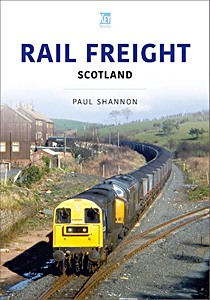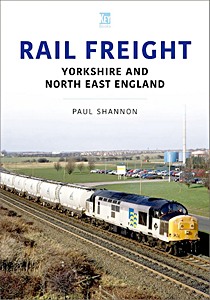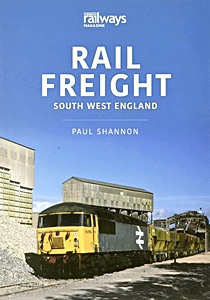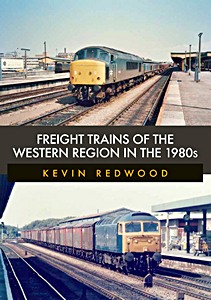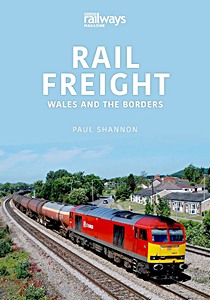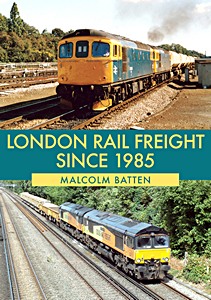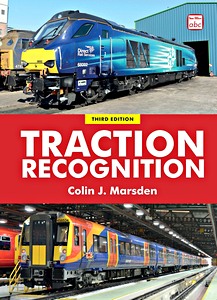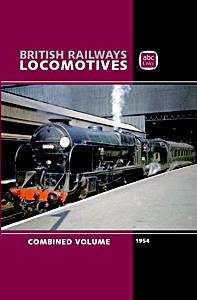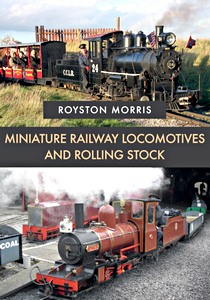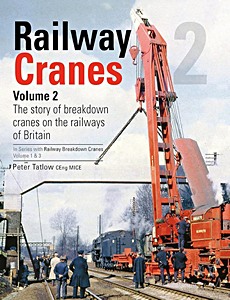Rail Freight - Scotland
In the early 1980s, Ravenscraig steel works was the biggest source of rail freight north of the border, handling iron ore, coal, lime and scrap, as well as semi-finished and finished products. Opencast coal was thriving and would even lead to some lines re-opening later in the decade.
Wagonload freight was still providing a service on some rural lines, not least the Far North line where many intermediate stations still handled general freight, such as seed potatoes and fertiliser.
Today, Ravenscraig is a distant memory and coal is no longer carried by rail anywhere in Scotland. Wagonload freight has also disappeared, despite some attempts to revive the concept in the early 2000s.
However, in a few areas, rail freight has done well. The cement works at Oxwellmains is a big user of rail and Grangemouth refinery still produces three trainload flows. Intermodal traffic has grown substantially, with several regular Anglo-Scottish flows on the West and East Coast main lines as well as internal movements to Aberdeen and Inverness.
Illustrated with over 160 photographs, many of which are previously unpublished, this volume looks at the changing face of rail freight in Scotland. It details the changes in traction, rolling stock and railway infrastructure over four decades.
| Autor: | Paul Shannon |
|---|---|
| Szczegóły: | 96 strony, 23.5 x 17.5 x 1.3 cm, miękka oprawa |
| Ilustracje: | 160+ zdjęcia czarno-białe i kolorowe |
| Wydawca: | Key Publishing Ltd (GB, 2022) |

